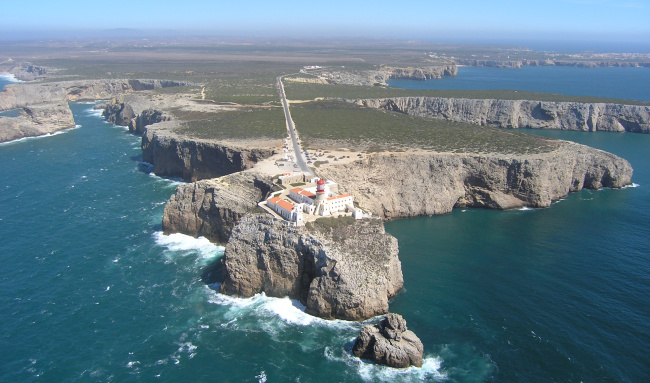Portugal


Today, with the days of the empire long gone, Portugal is, as before, a far-sighted country, open to the world. Portuguese is the 6th most spoken language in the world, with its 250 million speakers reaching all five continents. It is a major lingua franca in Africa and South America. Portugal is home to a flourishing music and arts scene – Fado has found its way into the 21st century – and to a rich literary tradition going far beyond the well-known Saramago.
One of the main tourism destinations in the world, the country features a beautiful nature, a world-renowned food and wine tradition, and a very high yet budget-friendly level of services compounded by fast-growing tertiary and quaternary sectors. Portugal’s R&D units run cutting-edge research from medical and biomedical engineering to marine biology, nanotechnology, IT, and clean energies. In 2016, the country managed to run 107 consecutive hours on renewable power alone. There is dispersed Portuguese excellence in computational science as well, with various renowned groups being led by Portuguese researchers around the world and in Portugal.
Being both an Atlantic and Mediterranean country, easily accessible by land and sea, and with a long history of cooperation with Asia, Africa and America, Portugal is a respected partner and mediator in international affairs and commerce and, although no longer sailing the seas and discovering new lands, the country’s vision is the same as always: to build bridges, to create knowledge, to get people together.
Coimbra


One of the nation’s most important crossroads, Coimbra was historically at a junction between Braga and Lisbon, and its river access (the Mondego flows through the municipality) provided a route between the interior communities and the coastal towns.
Although it ceased serving as the capital of Portugal in the 13th century, Coimbra retains considerable importance as the centre of the former Beira province, now designated the Centro region. It is considered alongside Braga one of the two most important regional centres in Portugal outside the Lisbon and Porto metropoles, the centre for the whole middle region of the country. With a dense urban grid, the municipality is known primarily for the city of Coimbra, itself famous for its monuments, churches, libraries, museums, parks, nightlife, healthcare and shopping facilities. Above all, its cultural life, oriented around the University of Coimbra, has historically attracted the nation’s notable writers, artists, academics and aristocracy, securing its reputation as the Lusa-Atenas (where “lusa” means “relating to Portugal or the Portuguese language).
The Portuguese railway and bus networks are both affordable and extensive: from Lisbon or Porto to Coimbra it’s only about a 2-hour train trip, with tickets selling for under 30 €. This enables visitors to further explore the many possibilities that the rest of the country has to offer.
Coimbra has several rail stations. The main station Coimbra-B is on the main line between Porto and Lisbon.
